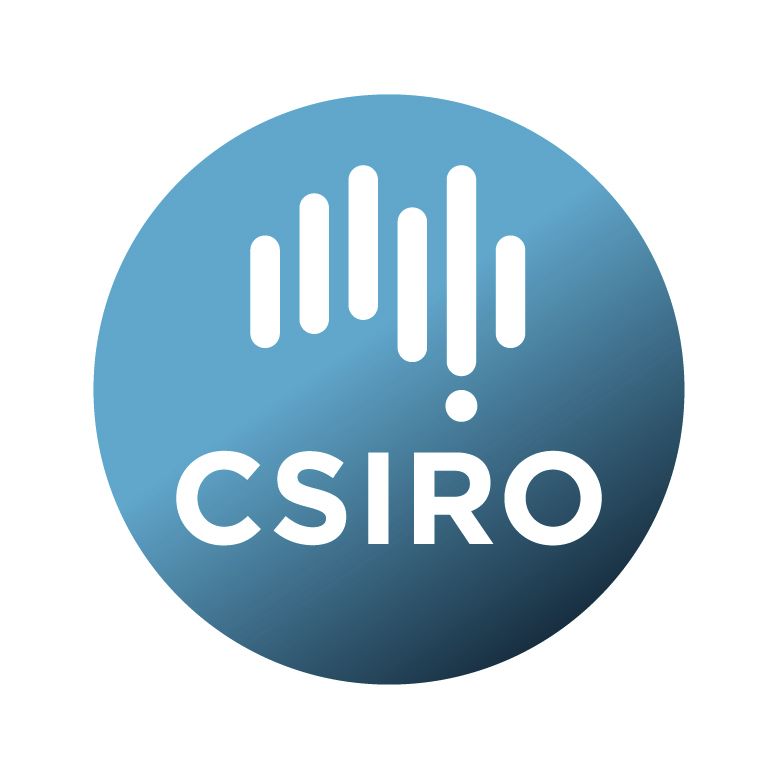Brief description
Aspect measures the direction in which a land surface slope faces. The direction is expressed in degrees from north.The aspect products were derived from the Smoothed Digital Elevation Model (DEM-S; ANZCW0703014016), which was derived from the 1 arc-second resolution SRTM data acquired by NASA in February 2000. The calculation of aspect from DEM-S accounted for the varying spacing between grid points in the geographic projection.
The aspect data are available at 1 arc-second and 3 arc-second resolution
The 3” resolution version of the aspect product has been masked by the 3” water and ocean mask datasets.
Lineage: Source data
1.\t1 arc-second SRTM-derived Smoothed Digital Elevation Model (DEM-S; ANZCW0703014016).\t
2.\t1 arc-second aspect product
3.\t3 arc-second resolution SRTM water body and ocean mask datasets
Aspect calculation
Aspect was calculated at 1 arc-0second resolution from DEM-S using the finite difference method (Gallant and Wilson, 2000). The different spacing in the E-W and N-S directions due to the geographic projection of the data was accounted for by using the actual spacing in metres of the grid points calculated from the latitude.
The 3 arc-second resolution version of the aspect product was derived from the 1 arc-second slope and aspect products by reconstructing the x and y components of the surface normal vector, averaging those components, then calculating aspect from the aggregated components.
The aspect calculation was performed on 1° x 1° tiles, with overlaps to ensure correct values at tile edges. The data were masked using the 1" or 3” resolution water and ocean mask datasets.
References
Gallant, J.C. and Wilson, J.P. (2000) Primary topographic attributes, chapter 3 in Wilson, J.P. and Gallant, J.C. Terrain Analysis: Principles and Applications, John Wiley and Sons, New York.
Available: 2016-03-03
Data time period: 2000-02-11 to 2000-02-22
Subjects
Aspect |
Australia |
ECOLOGY Landscape |
Environmental Sciences |
Ecological Applications |
Environmental Management |
Environmental Management |
LAND Topography Models |
Land Surface |
Land Capability and Soil Productivity |
Landscape Ecology |
Natural Resource Management |
Soil Sciences |
Soil Sciences Not Elsewhere Classified |
TERN_Soils |
User Contributed Tags
Login to tag this record with meaningful keywords to make it easier to discover


